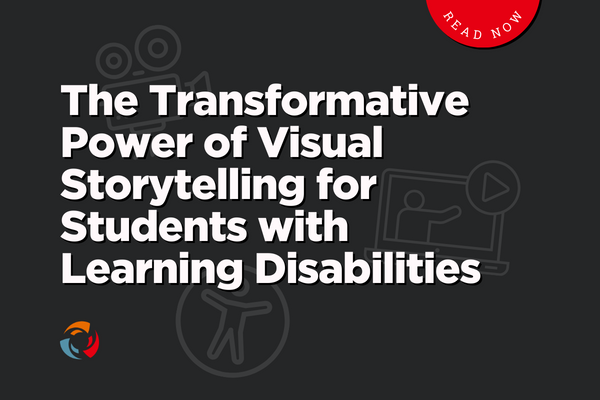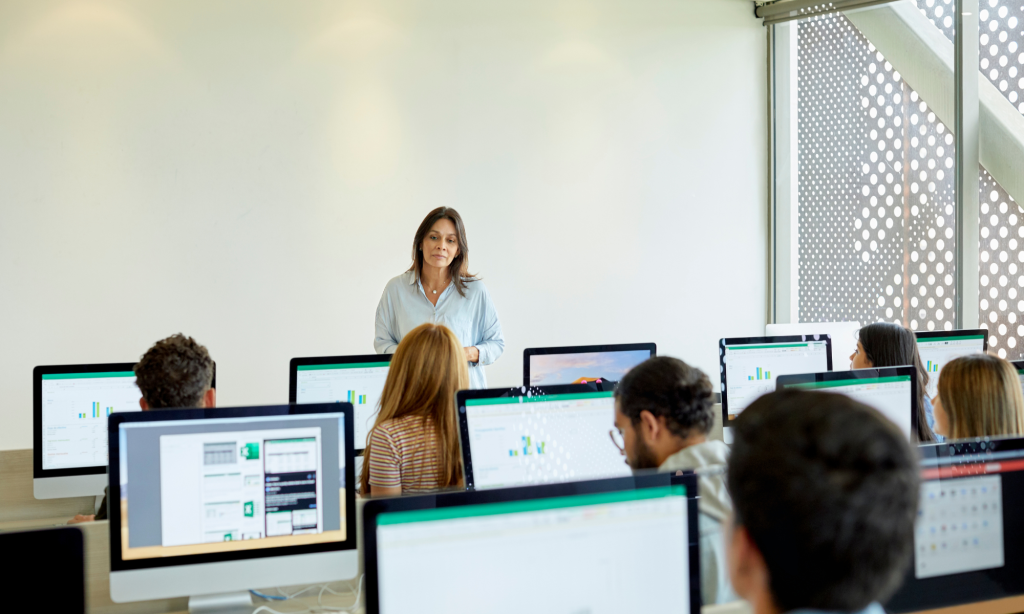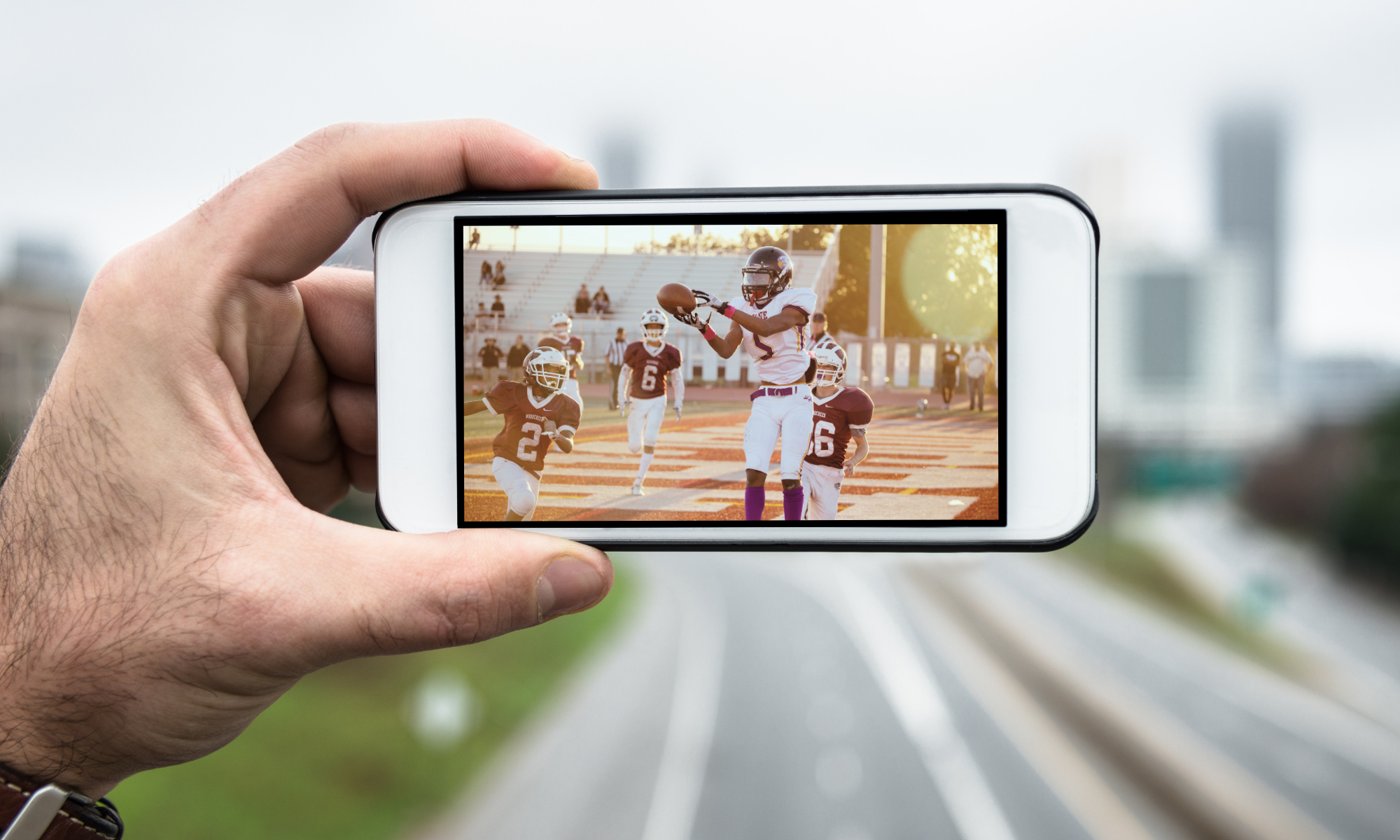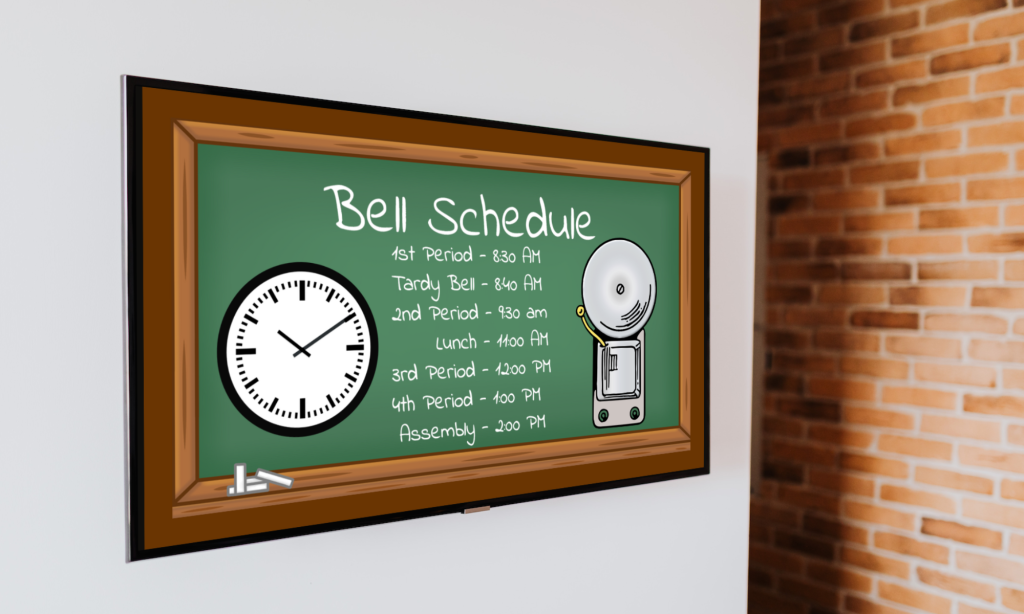
In the intricate tapestry of educational experiences, students with learning disabilities often find themselves navigating a challenging path. Traditional educational settings, with their heavy reliance on text-based learning and rigid teaching methodologies, can inadvertently overshadow the unique abilities and learning styles of all students. However, the narrative begins to shift when innovative tools and approaches are introduced into their learning journey. One such transformative tool is the video camera, which has the power to unlock potential and change perspectives, offering a heartwarming glimpse into the possibilities that lie in alternative learning methods.
For students grappling with learning disabilities, the conventional classroom environment can pose significant hurdles. These students frequently encounter obstacles in processing written information and articulating their thoughts through writing, leading to a cycle of frustration and diminished self-confidence. Yet, beneath these challenges, lies a reservoir of untapped creativity and a distinct perspective on the world, often overlooked by traditional educational assessments and practices.
The pivot in this story unfolds when educators introduce the use of a video camera to one such student, a move prompted by observing the student’s keen interest in visual storytelling. This seemingly small act of understanding and encouragement opens up a new avenue for expression and learning. The video camera, far from being just a piece of technology, becomes a lifeline to self-expression and engagement for the student.
Through the viewfinder, students with learning disabilities discover a world where their challenges with traditional literacy take a backseat to their strengths in visual thinking and storytelling. Capturing the world around them through video, they begin to communicate in a language where they feel fluent and confident. This medium allows them to articulate their thoughts, share their perspectives, and showcase their creativity without the barriers previously set by their learning disabilities.
The impact of this shift is profound. Students who once felt marginalized by their struggles with conventional learning tasks now find themselves at the center of a narrative of success and innovation. Their videos reveal not only their unique insights and talents but also challenge preconceived notions about their capabilities. As students navigate their educational landscape with a video camera in hand, they exhibit remarkable growth in self-esteem, engagement, and even in areas of learning that once posed significant challenges.
This story of transformation is a clear call for educators and parents alike to embrace and promote alternative methods of learning and expression. Recognizing that each student’s journey is unique, and providing tools that align with their individual strengths and interests, can catalyze remarkable growth and discovery. The success of students with learning disabilities engaging with visual storytelling underscores the importance of creating inclusive learning environments that celebrate diverse talents and learning styles.
The narrative of students flourishing through the use of alternative learning tools like video cameras is a testament to the resilience, creativity, and potential inherent in every child. It serves as a reminder that when educational practices are flexible and responsive to the diverse needs of students, there is no limit to what they can achieve. By offering a lens through which students can see the world—and themselves—in a new light, we empower them to redefine their stories and their futures.





